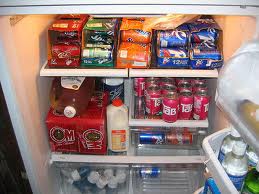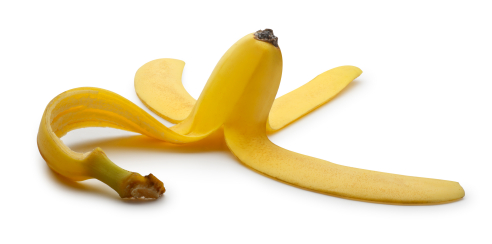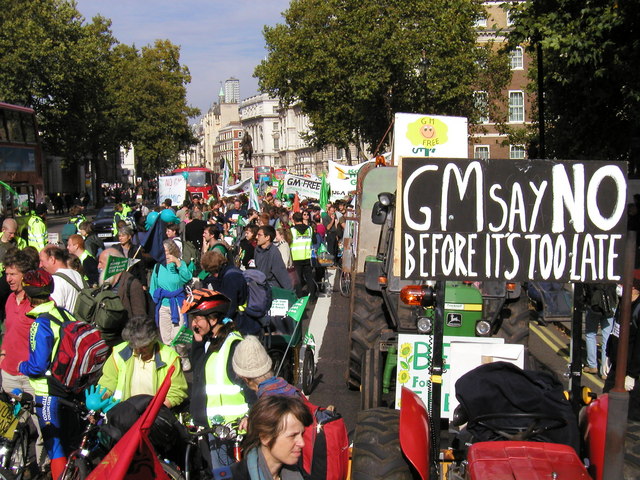You probably heard that on Wednesday, New York City announced that it would enact a ban on the sale of huge sodas (and some other sugar-heavy drinks) at some public places, namely movie theatres, restaurants, and street vending carts. The Center for Science in the Public Interest applauded the move.
The outcry has been deafening. You can read some of the “comments” appended to the New York Times story here. And as you can imagine, the sugary drinks industry is complaining.
Until recently, I personally have guzzled hundreds of gallons of caffeine-laden colas, some with sugar and some with equally perilous artificial sweeteners, so I think I can offer a somewhat balanced view. Let’s look at three facts:
- The obesity epidemic is dangerous to the health of individuals and to the future of our nation’s health care system. (we spend $14 billion a YEAR on obesity-related diseases such as diabetes).
- Sugary drinks have empty calories.
- People often don’t do what’s in their own best interest.
It’s the last one that starts the heated discussions. On a radio talk show Wednesday, I heard nutrition expert Liz Applegate criticize the move, saying that it’s a question of personal responsibility. Well, she has an impressive resume, but the “personal responsibility” line is exactly what all the makers of dangerous things (cigarettes, guns, pink slime burgers) say when threatened by attempts to curb their freedom to sell their products.
Two years ago, San Francisco banned the sale of sugary sodas in vending machines on city property. Somehow, the sky did not fall.
As a psychologist specializing in eating disorders for 25 years, I saw first-hand how people struggle to make good on their intentions to be healthy. And that doesn’t even count the people who aren’t even trying to eat healthily. As an academic who has published journal articles on obesity and read the research, I’m alarmed by the danger to our country.
What do you think? Obesity costs YOU in the form of your health insurance premiums, even if you aren’t overweight or obese. Should this ban proceed?




